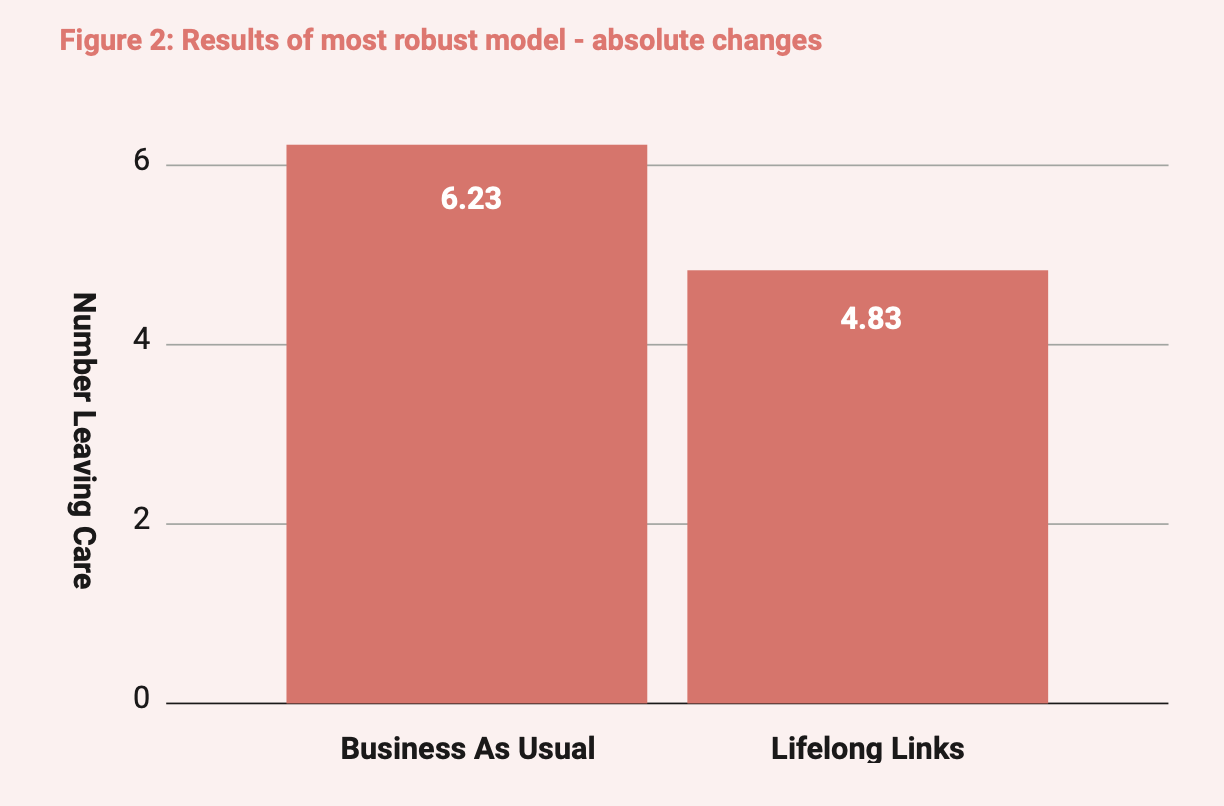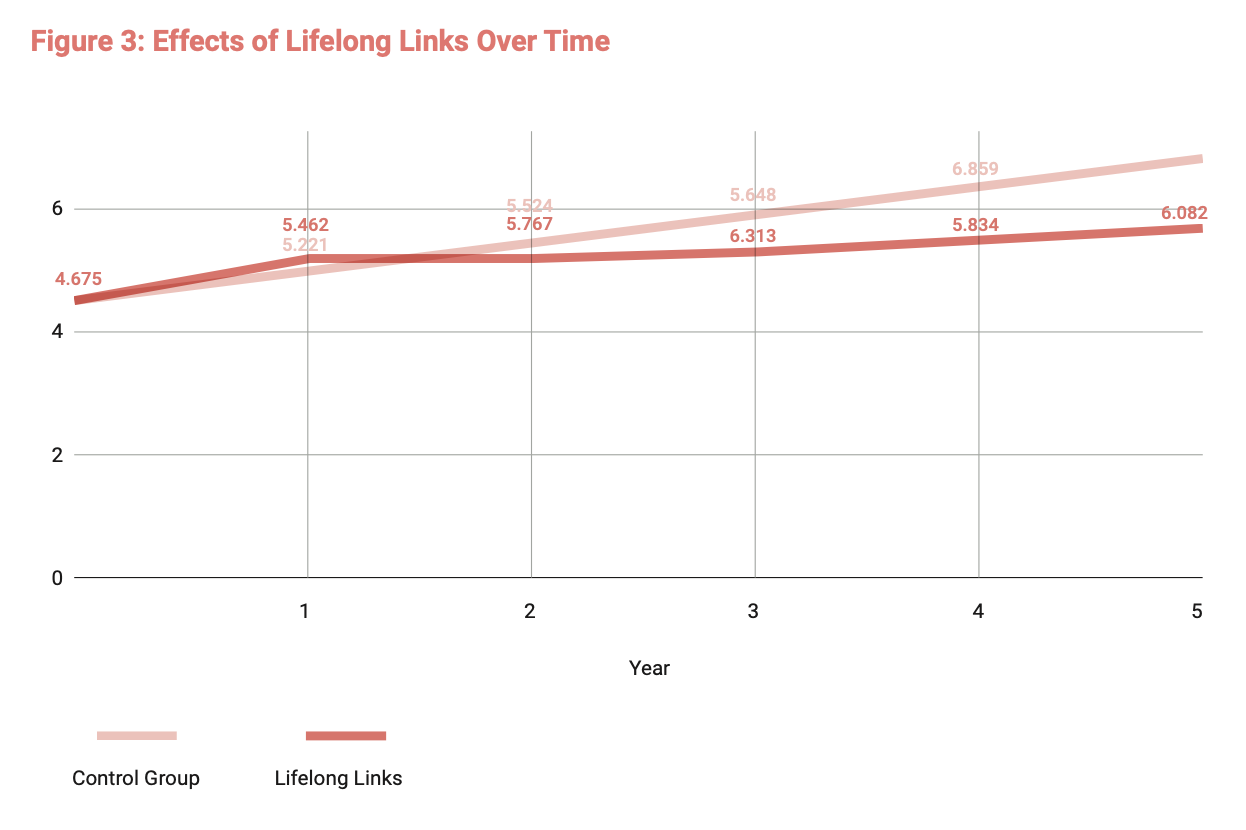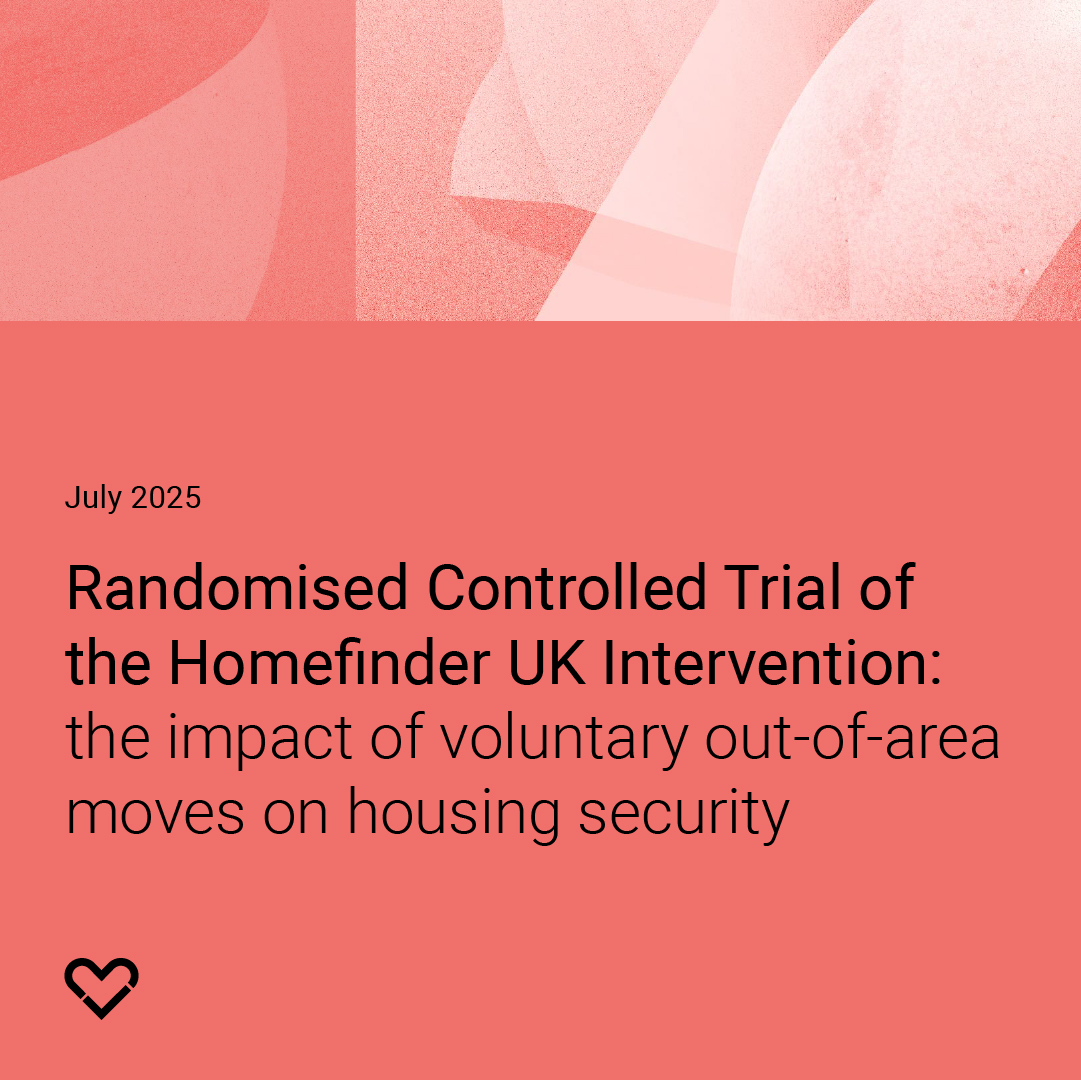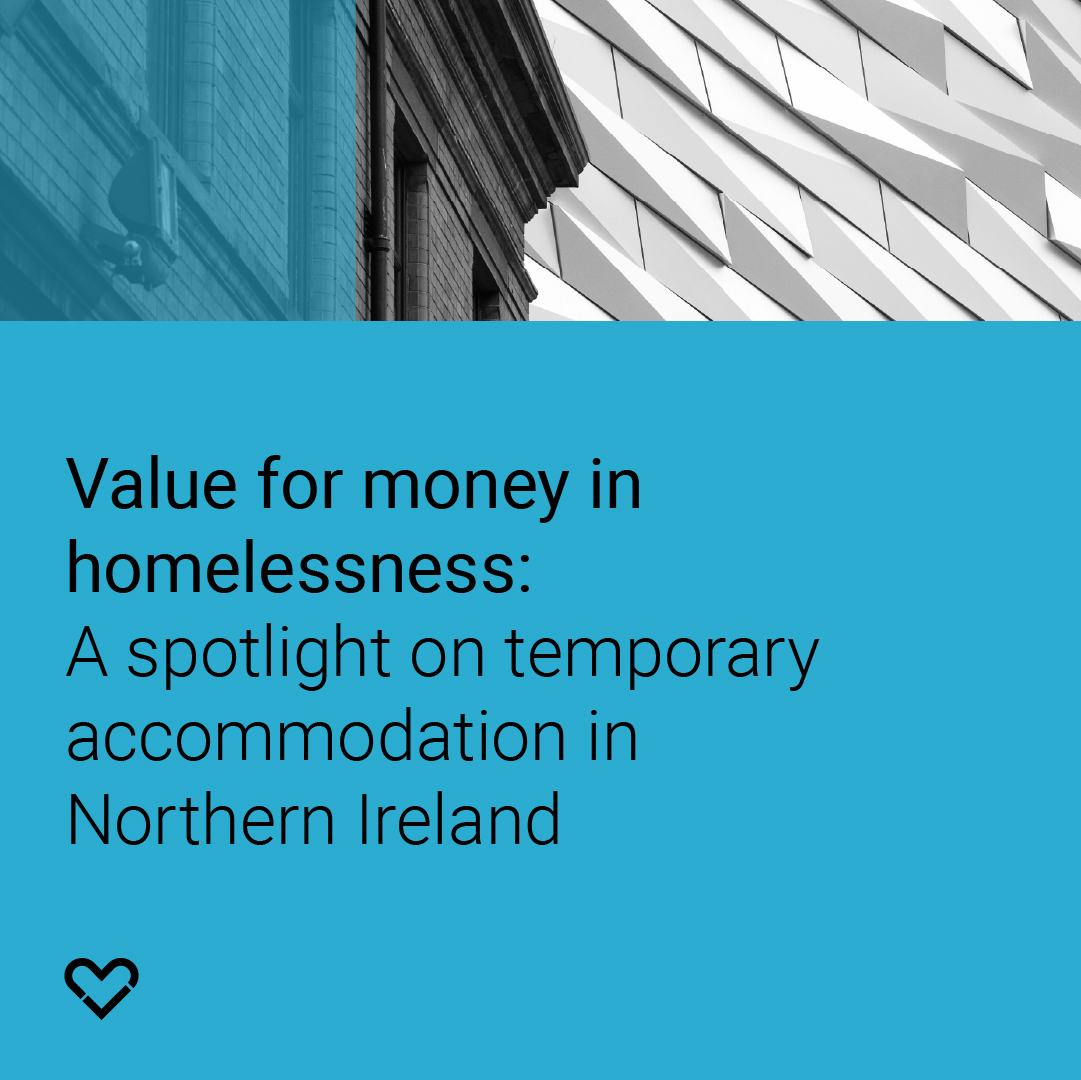The impacts of Lifelong Links on housing outcomes for young people leaving care
Outline of the study
This study addresses a critical gap in evidence, as young people leaving care are at much higher homelessness risk than their peers, but there are few robust evaluations of interventions that could help.
This evaluation examined the impact of Lifelong Links, a programme in 12 local authorities in England that helps young people in care reconnect with family members and other significant adults. Using statistical matching methods, researchers compared homelessness prevention outcomes in local authorities using Lifelong Links with similar authorities that didn't, for care leavers aged 18 - 21 before and after the programme started.
Findings in brief
- About 10% of people sleeping rough in London in 2018 were care-experienced, 26% of young care leavers had 'sofa surfed' and 14% had experienced rough sleeping
- The more recent evaluation indicates that Lifelong Links achieved a 10% reduction in young care leavers aged 18 - 20 being owed a homelessness prevention or relief duty
- Care leavers experience accelerated transitions to adulthood, requiring them to be independent at an earlier age than their peers and without the same family and social networks in place
- Care-experienced young people experience significant housing instability, with one third having more than one placement per year, and young people with the most severe psychological difficulties most at risk of placement breakdown
- The original Lifelong Links evaluation found that 74% of recipients were still in their foster care or children's home after one year, compared to 41% who didn't receive the intervention. However, this evaluation did not reach the stage where people reached adulthood and so became at risk of homelessness
- Analysis indicates councils would have had an average of 6.23 care-experienced young people at risk of homelessness risk without Lifelong Links, compared to 4.83 with the programme
- Positive effects got stronger over time, with an additional 0.4 fewer care-experienced young people at risk of homelessness risk in each year that Lifelong Links operated
Recommendations in brief
- Conduct research to understand the long-term impacts of Lifelong Links on outcomes beyond housing, including education, employment, and health
- Develop an economic case for this intervention by analysing cost-effectiveness and return on investment.
- Expand the evidence base around the impact of other interventions to prevent homelessness amongst care experienced young people
- Explore if Lifelong Links’ relational approach, principles of maintaining family connections and support networks could be built into wider children's social care practice to improve poor outcomes experienced by some care leavers
- Ensure adequate funding and implementation support for local authorities wanting to adopt Lifelong Links.









.jpg)

